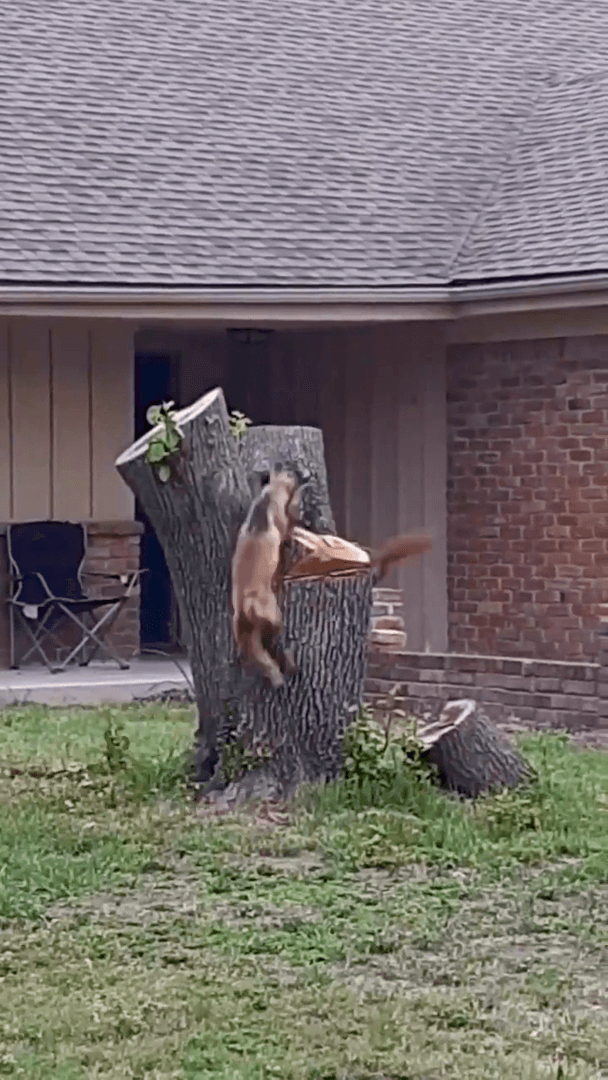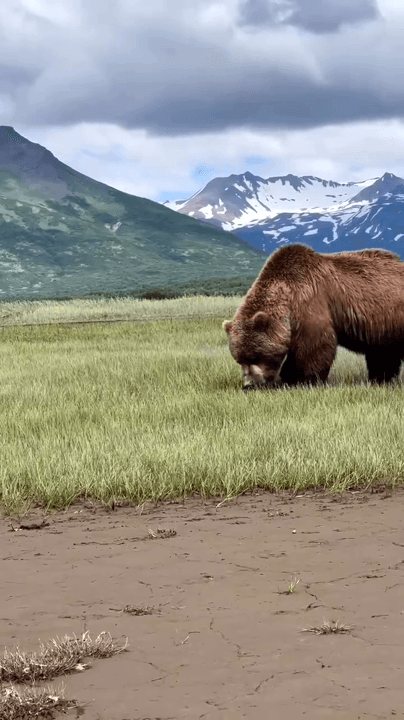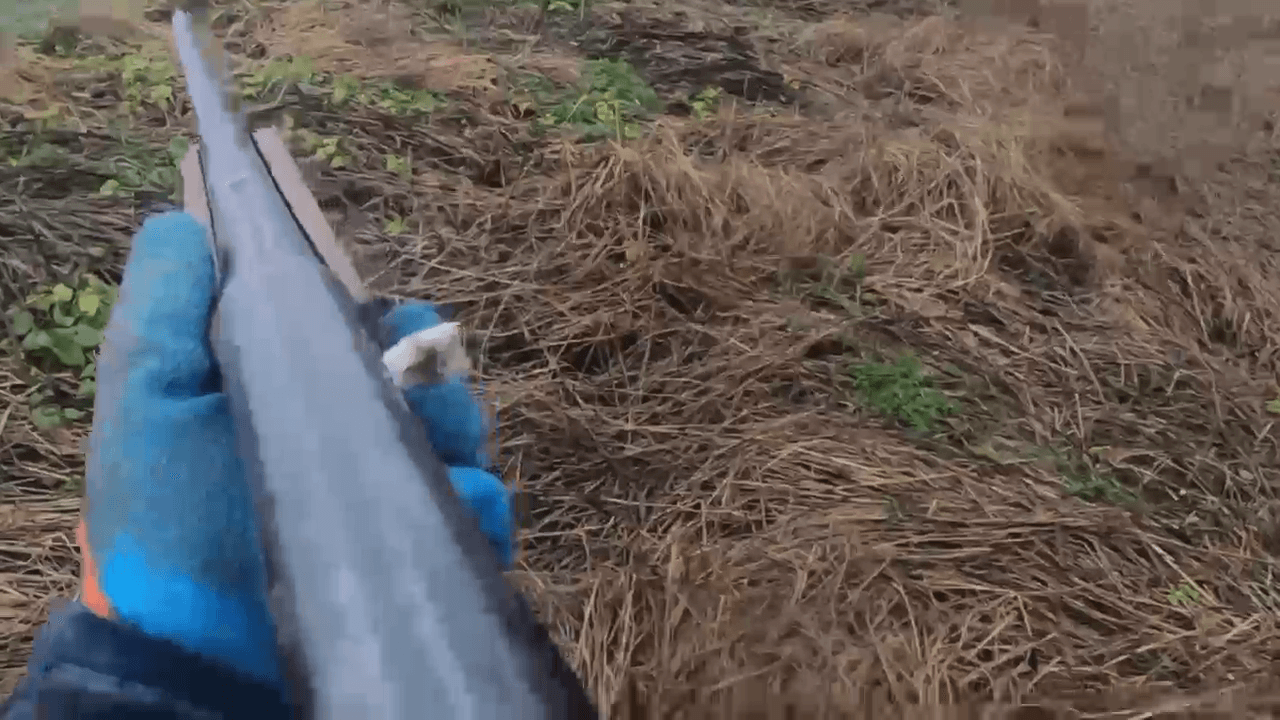
Hunting in the Gothenburg Archipelago, Sweden: A Complete Guide for Hunters on Species, Seasons, and Essential Tips for a Rewarding Hunting Experience in the Coastal Region The Gothenburg Archipelago, located on the west coast of Sweden, is a unique and picturesque region that offers a rich hunting experience. With its diverse landscapes, abundant wildlife, and well-regulated hunting practices, it is a prime destination for hunters. This article provides an in-depth look at hunting in the Gothenburg Archipelago, covering its geographical features, hunting demographics, types of hunting, local clubs, legislation, traditions, and interesting facts. Hunting Through the Lens of Geography: Natural Spaces and Their Influence on Game in the Gothenburg Archipelago The Gothenburg Archipelago, located on the west coast of Sweden, is a unique and picturesque region that offers a rich hunting experience. With its diverse landscapes, abundant wildlife, and well-regulated hunting practices, it
Post: 19 May 14:25
















































